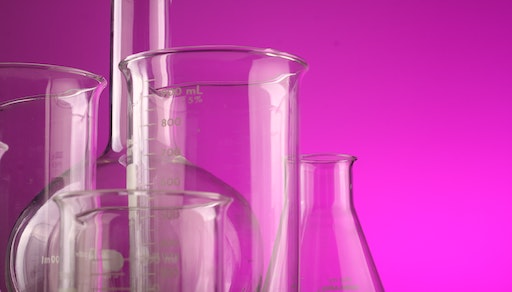Having accurate and precise results from experiments conducted in a laboratory is of utmost importance. It ensures that we have reliable data to conclude from and helps us avoid costly mistakes due to incorrect measurements or faulty equipment. In this article, we will explore 6 steps to ensure accuracy and precision with experiment results in the lab. We’ll discuss equipment calibration, double-checking measurements, documenting all steps taken during the experiment and more. Following these tips and strategies can help ensure your lab tests are as accurate as possible.
Calibrate your Lab Measuring Equipment
All lab measurements are subject to uncertainty, and calibrating all equipment regularly helps to reduce this. This is done by comparing the instrument’s measurements against standard measurement values or by examining the instrument’s accuracy and making adjustments accordingly. Calibration ensures instruments are reading accurately and helps eliminate systematic errors that may occur due to an instrument’s design or construction. Calibration also allows for the traceability of measurements, meaning that if you obtain unexpected results, you can trace back your readings to ensure they were accurate when taken.
Conduct Routine Maintenance and Cleaning of Lab Equipment
Routine maintenance and cleaning help to reduce the chances of dirt, dust, or other contaminants interfering with measurements. For example, if instruments are left unchecked for long periods, dirt buildup can cause the device to become inaccurate or unreliable. Furthermore, certain chemicals used in experiments may leave residues on equipment, affecting accuracy. Keeping your lab equipment cleaned and maintained regularly can help ensure your experiment results are as accurate as possible.
Double Check Measurements
Double-checking measurements is vital to identify and correct any anomalies or inaccuracies. In some cases, double-checking measurements can reveal errors or inconsistencies in the equipment used, such as incorrect calibration or faulty parts, which impact the accuracy of the results. Double-checking also helps identify human errors that may arise during the experiment, such as incorrectly recording a value or misinterpreting an instrument reading.
Document all steps of an experiment
Documenting each step allows others to understand exactly how the experiment was conducted, what measurements were taken, and what assumptions were made. Written documentation also allows for an easier review of results in the future- if anything seems off or needs to be confirmed, it is much simpler to reference written records than to try to recall details from memory. Finally, documentation gives researchers more confidence in their results since they have proof that all steps were conducted properly and accurately.
Ensure Proper Training
Proper training for lab personnel is essential to ensure accuracy in experiment results. Lab personnel should be trained on how to use the equipment correctly, understand safety protocols, and adequately record results. This way, they can ensure that measurements are taken accurately and that all safety measures are being followed. Proper training also helps reduce the likelihood of human errors occurring when conducting experiments. Errors such as incorrectly recording values or misinterpreting an instrument reading can significantly impact the accuracy of the results. Finally, having trained lab personnel provides consistency in data collection, making it easier for researchers to compare different sets of results from separate experiments over time.
Review Processes Periodically
Researchers can identify areas requiring adjustments or improvements by regularly reviewing processes and procedures. For example, if specific instruments are routinely used in an experiment, they should be examined to ensure they are still calibrated correctly and accurately reading measurements. Additionally, safety protocols should be reviewed to ensure that all lab personnel are aware of any potential risks associated with the experiment and trained on handling hazardous materials properly. Furthermore, written documentation should be reviewed periodically to make sure that all steps have been recorded and understood by other researchers who may need to access the records for future use. Regularly reviewing processes helps ensure accuracy when measuring results from an experiment in a lab while also helping eliminate systematic errors that may occur due to equipment design or human error.
To ensure accuracy when measuring results from an experiment in a lab, it is essential that you keep your equipment clean and maintained, double-check measurements, document all steps of the experiment, have the proper training for personnel and review processes periodically. At Techmate, we understand how crucial accurate laboratory test results are, which is why we stock a wide range of measuring equipment, including thermometers, beakers, vacuum meters and scales. So if you’re looking for quality lab measuring equipment, contact us today – our team will be more than happy to help!

